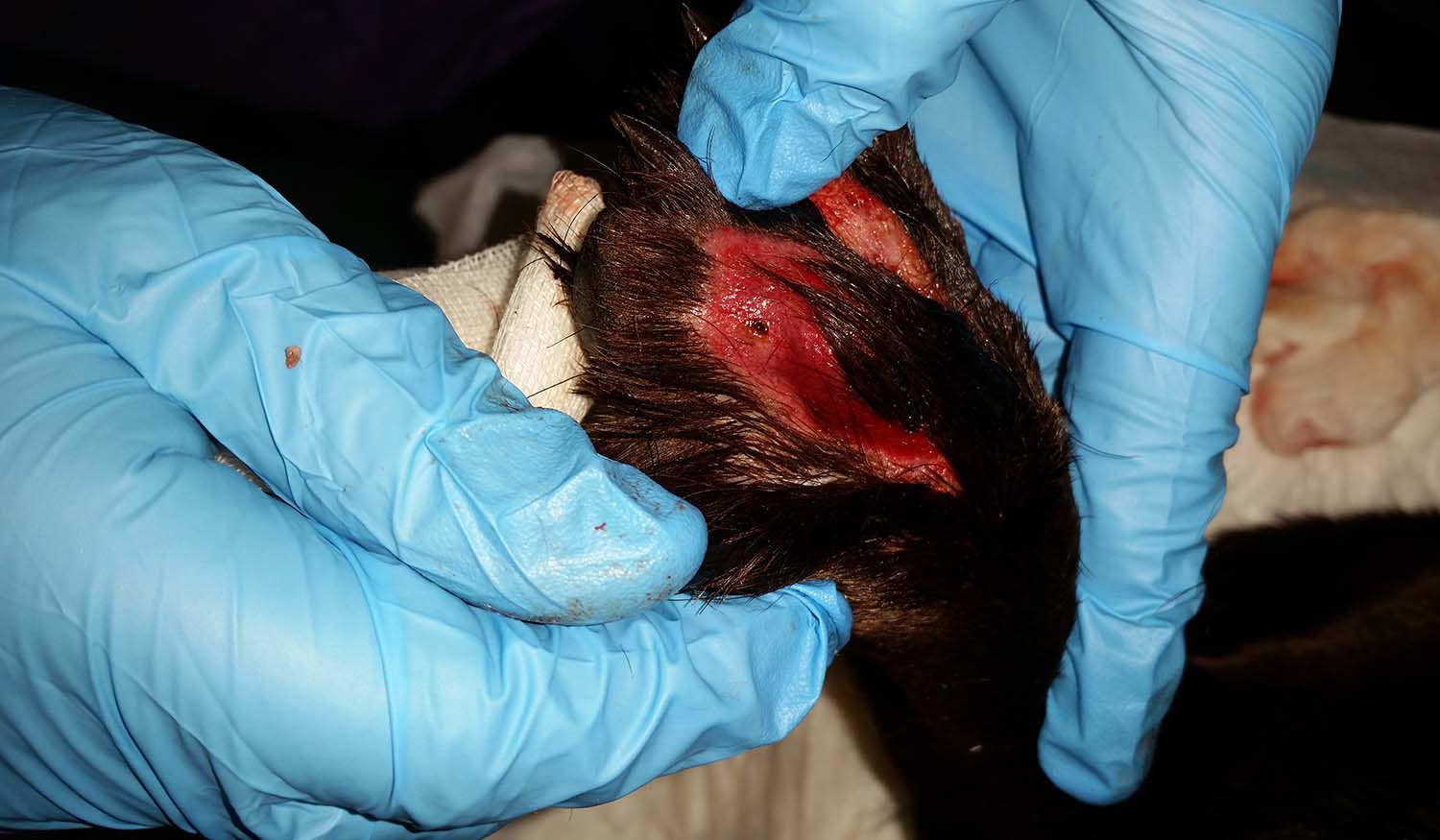Alabama rot
Updates and resources on cutaneous and renal glomerular vasculopathy, first recognised in the UK in 2012.
A decade after it was first seen in the UK, David Walker, the UK’s foremost authority on cutaneous and renal glomerular vasculopathy (CRGV), discusses the disease and its origins, as well as where we are now…
This winter marks 10 years since the first cases of cutaneous and renal glomerular vasculopathy – commonly known as Alabama rot – in the UK. Since then, almost 300 cases have been confirmed across 47 UK counties. The disease has a 90% per cent mortality rate.
David Walker provides a summary of this disease – more commonly known as Alabama rot – including clinical appearance, diagnosis, treatment and prognosis.
Dog owners across the UK are being urged to be vigilant after a seven-year-old Labradoodle contracted the disease in Surrey.
A summary of key statistics about cutaneous and renal glomerular vasculopathy, as well as links to additional research and resources.
A gallery of images – provided by David Walker of Anderson Moores Veterinary Specialists – showing examples of lesions seen in cases of cutaneous and renal glomerular vasculopathy (CRGV).
Despite having a 90% mortality rate, clinicians at Anderson Moores Veterinary Specialists in Winchester successfully treated a case of cutaneous and renal glomerular vasculopathy (CRGV) in a Labrador retriever in 2021.
Anderson Moores Veterinary Specialists in Winchester has been leading research into cutaneous and renal glomerular vasculopathy (CRGV) – also known as Alabama rot – since 2012, and has collated information on all confirmed cases across the country.
Having watched the webinar and read the articles in this collection, here are five questions to answer on cutaneous and renal glomerular vasculopathy (CRGV).

